Information on Age Groups
80% of accidents leading to an injury occur at home or during leisure time.
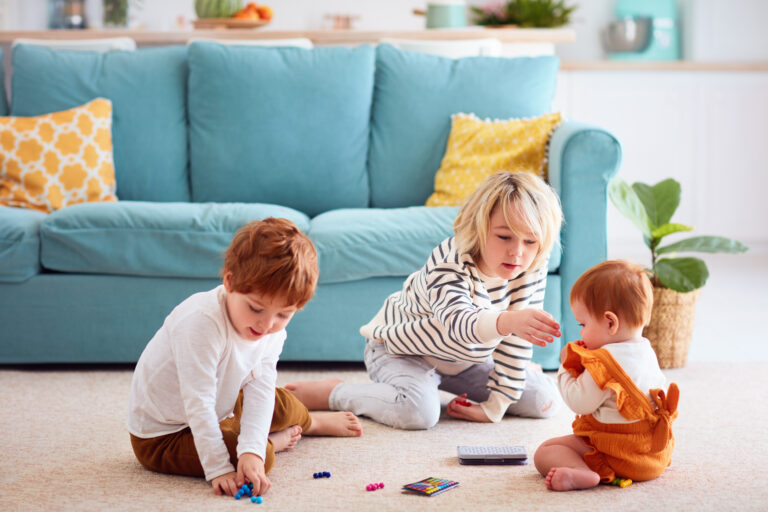
-
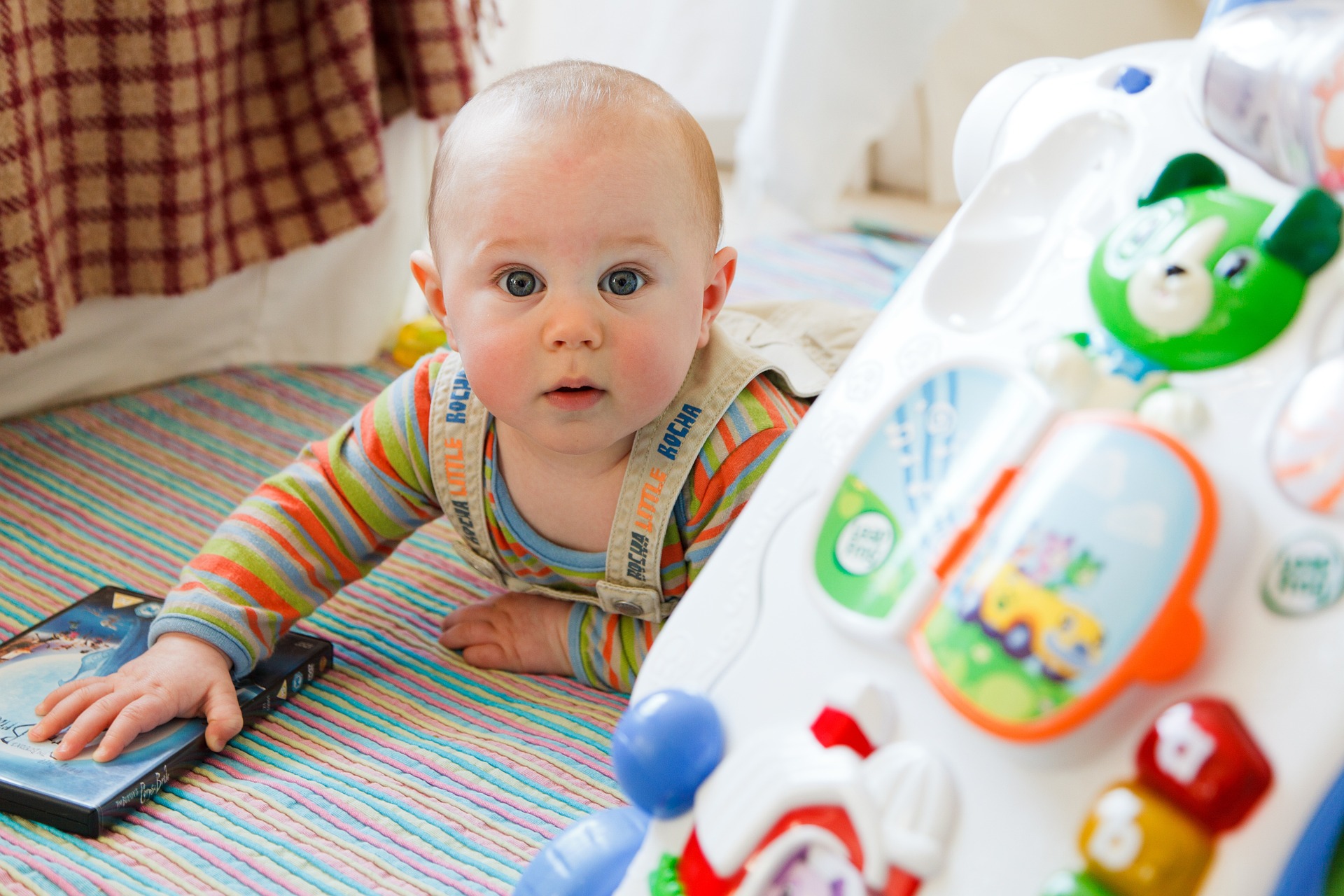
Babies
Common accidents for young children include falls and tumbles. Baby safety must be considered in all caregiving situations, whether feeding, putting to sleep, during play, or while traveling by car or stroller.
-
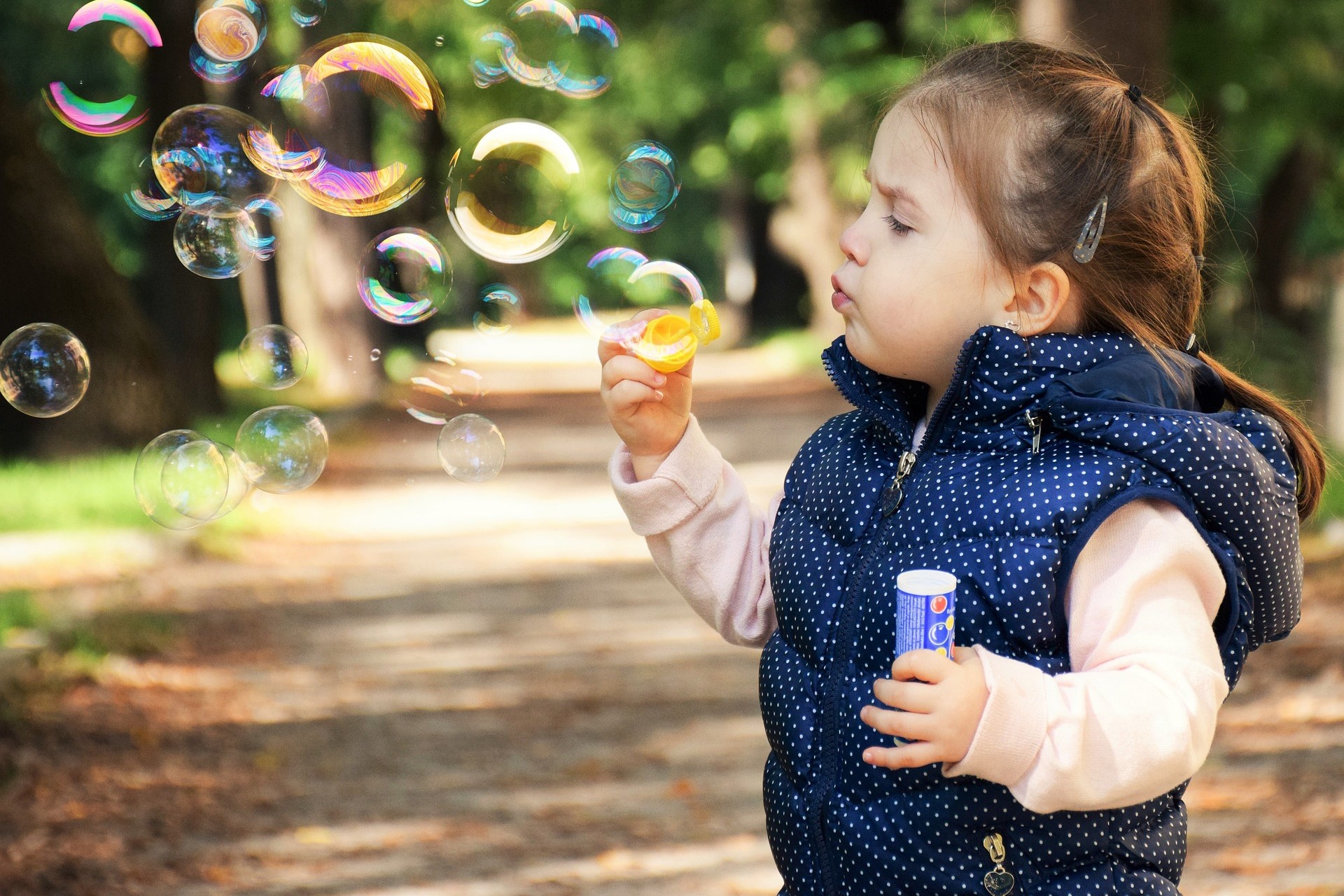
Children
Children begin learning safety attitudes early, often by imitating adults. Adults should supervise children and teach them new skills safely, according to the child's developmental level.
-
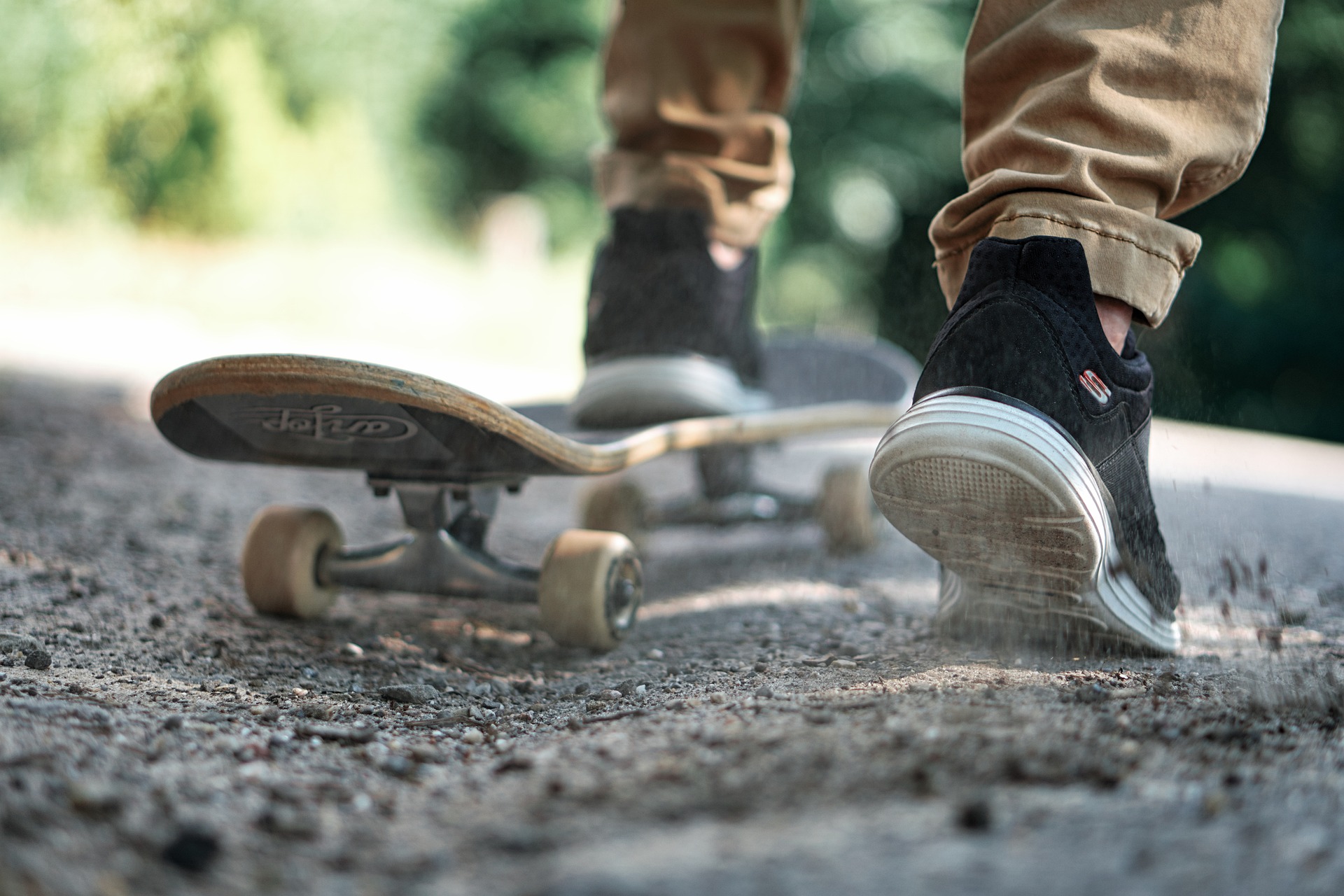
Young people
Accidents among young people most often occur during leisure activities, sports, and in traffic. Attention to mental and physical well-being, along with safety education, are key components in preventing accidents among youth. You…
-
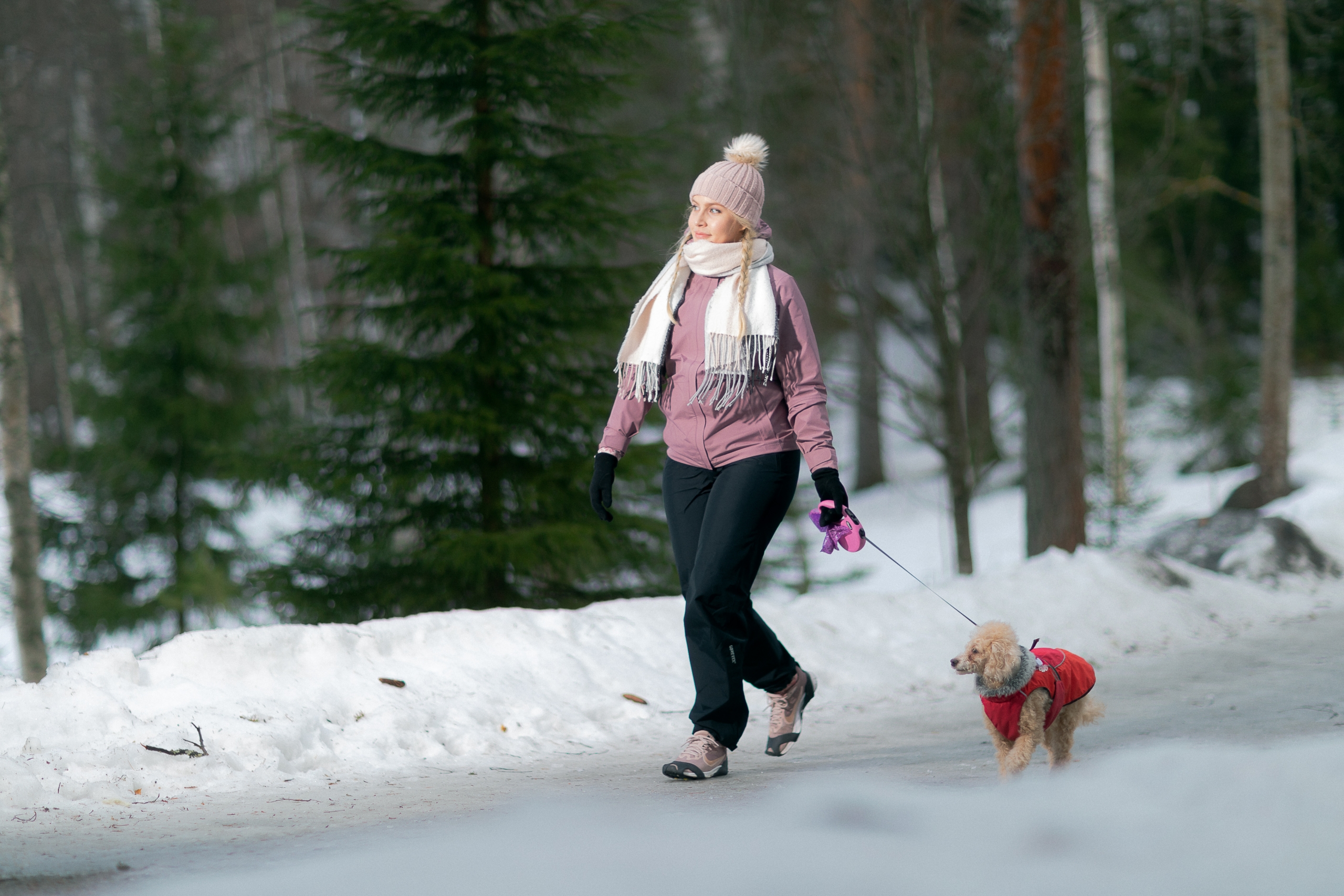
Working-age people
Physical and mental health, sobriety, a lack of hurry, attentiveness, and the use of safety products also help prevent accidents among adults.
-
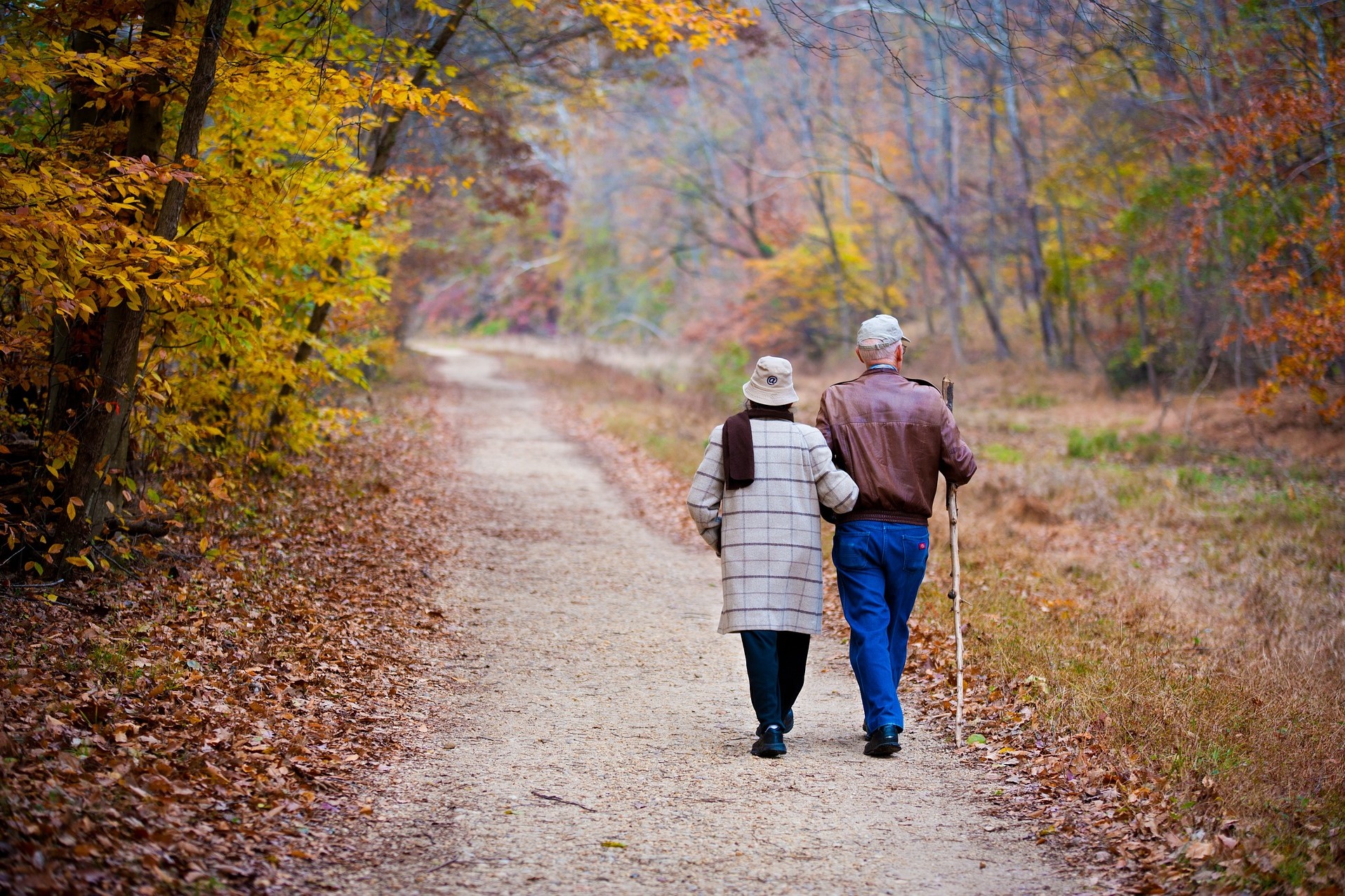
Elderly
For the elderly, the most common types of accidents are falls and tumbles. The consequences of accidents for older adults are often more severe than for younger individuals. An accident in old age might, for example, make it more …
Can you use the information on this page?
Give Feedback
With this form you can give us feedback.
